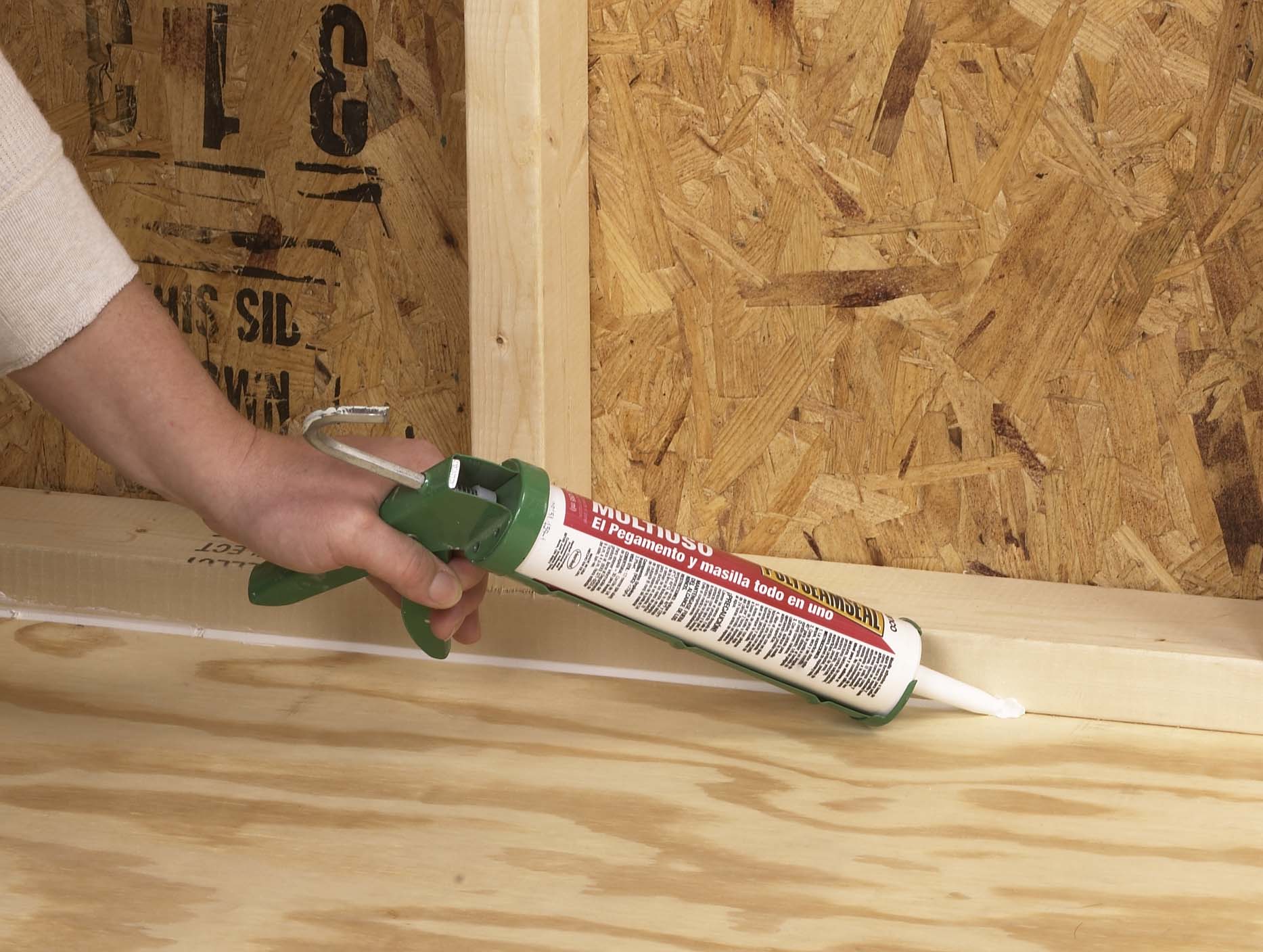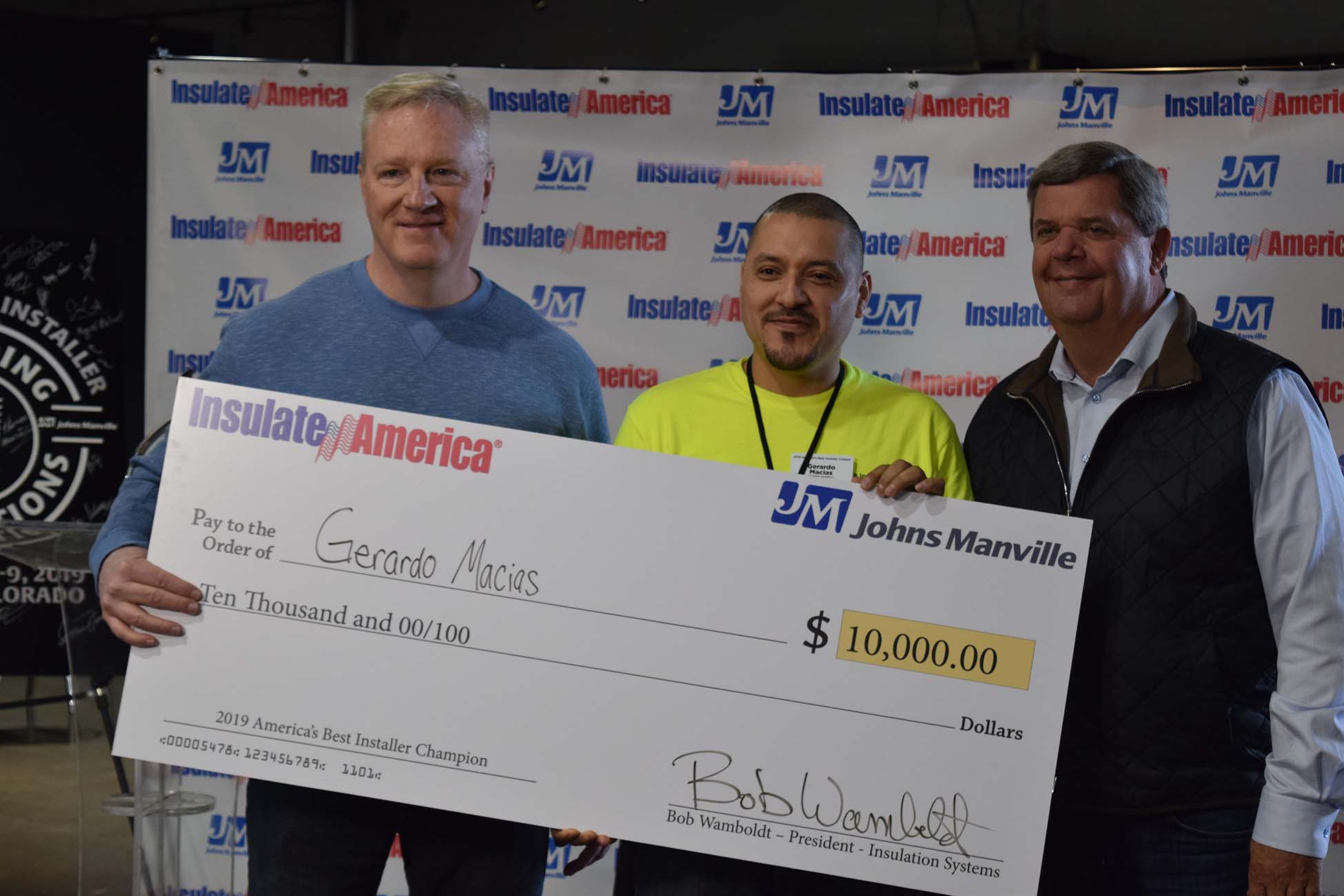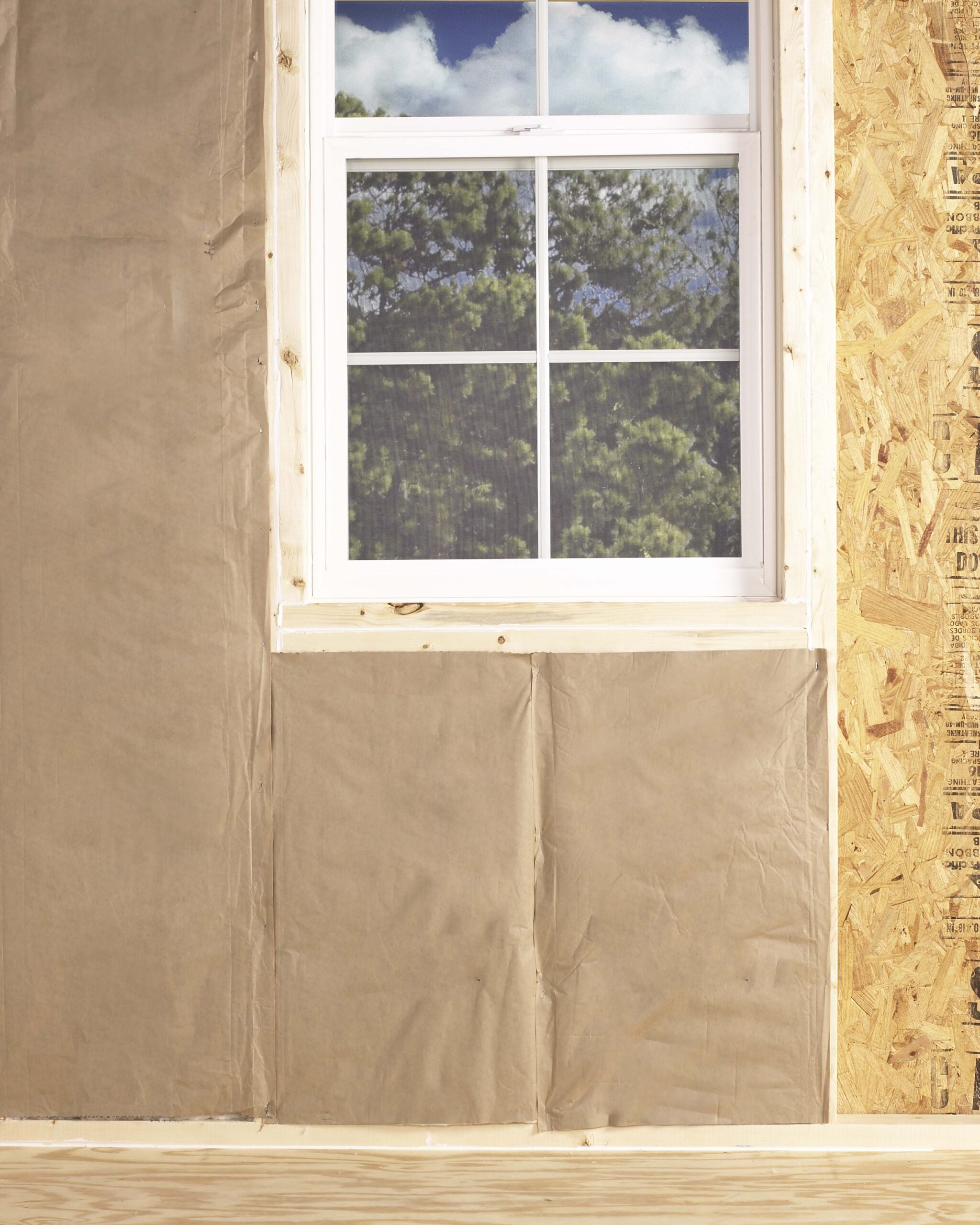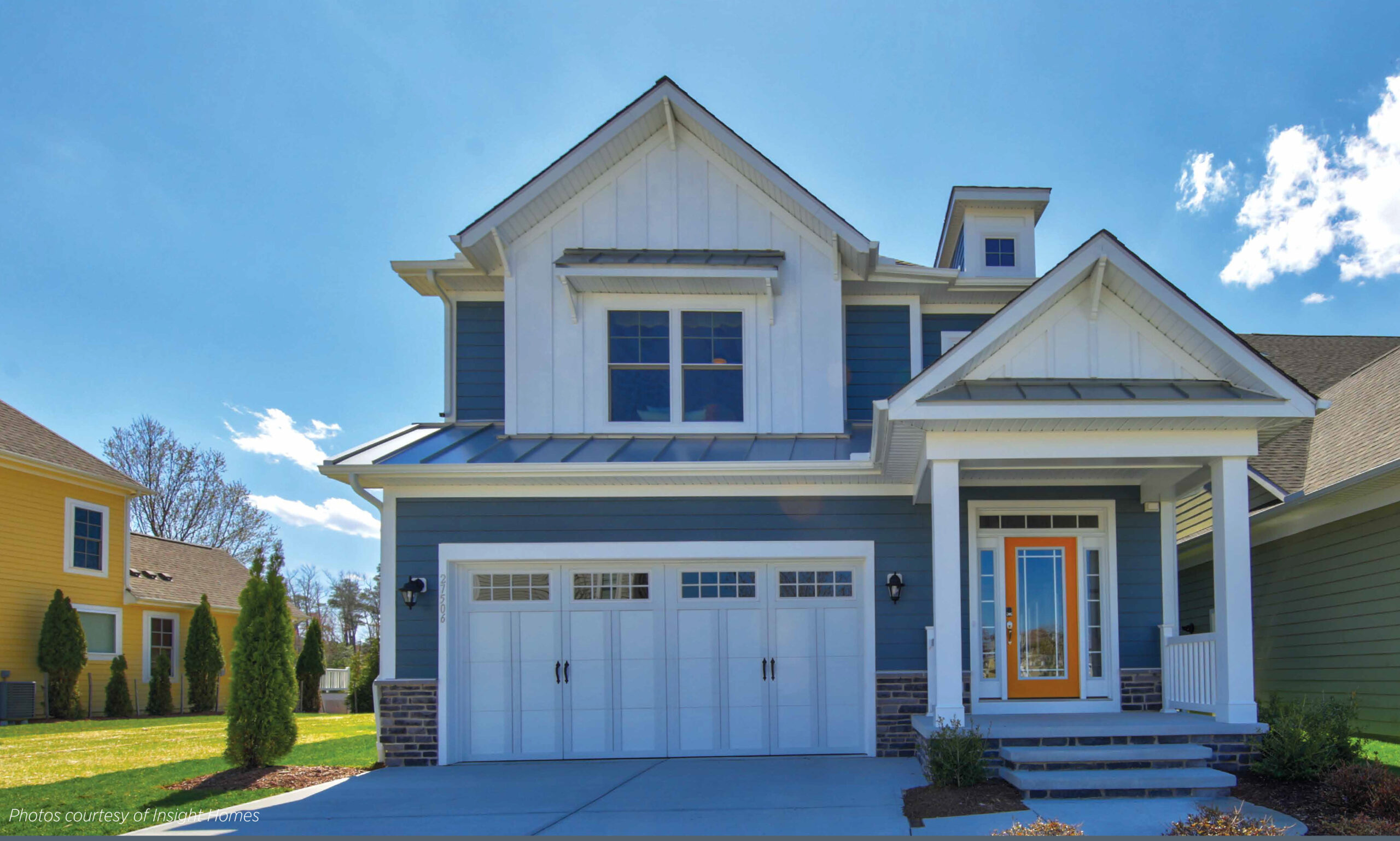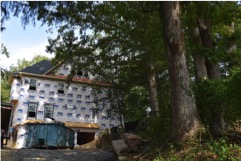As a new decade begins, there are promising developments on the horizon for building decarbonization and greenhouse gas (GHG) emission reductions in residential and commercial construction. While federal support for decarbonization to address climate impacts is at a standstill, non-governmental organizations, state and local governments, and industry are all focused on sustainability and building decarbonization actions that may ultimately lead to real progress. Here are five promising developments for decarbonization that have the potential to shape an active decade of progress.
Details »Insulation Institute Blog
Like last year, some of our best-performing blog posts focused on air sealing and proper installation and application of fiberglass and mineral wool insulation, which is no surprise, since we’re the Insulation Institute. However, other topics like energy efficiency design trends and the prioritization of energy efficiency over energy generation ranked highly as well.
Details »Residential building energy code adoption and implementation have expanded steadily in the U.S. in recent years, with roughly 40 percent of states having a residential energy efficiency code that is equivalent to or higher than the 2015 IECC. With all the progress that’s occurred in recent years, is the building industry reaching peak efficiency? If not, what more can be done to spur states to adopt and enforce building energy efficiency codes, and how does the industry support home builders still struggling to understand new codes? Insulation Institute spoke with Matthew Cooper, Senior Vice President of PEG LLC, about the current state of code adoption, implementation, and enforcement and what measures could improve energy-efficient construction in the U.S. today and in the future.
Details »Getting accurate estimates for insulation installation jobs in new construction homes sounds like a relatively simple undertaking, but for some contractors, getting precise material quantities for jobs can be a challenge. Do you use software to estimate materials, or do you have an estimator review the construction plans? Is it necessary to “walk the house” to get the materials estimates? What’s the best approach? Insulation Institute talked with three building industry professionals about providing accurate estimates for batt and blown in insulation jobs and why it matters to get it right the first time.
Details »Gerardo Macias, an insulation installer with Northern Insulation in Wauconda, IL, is the winner of the 2019 “America’s Best Installer” competition, held Nov. 7-9 in Denver, CO, and won the event’s top prize of $10,000. The annual competition, hosted by Insulate America and Johns Manville, saw Macias compete against contenders for the title in the competition, now in its sixteenth year. Insulation Institute staff witnessed the final competition and talked with several of the attendees, judges, and contractors about what it takes to walk away with the title and more importantly, deliver top quality insulation installation in the field, where proper installation is essential to achieving peak home energy efficiency and comfort.
Details »In the past three months, Sam Rashkin, chief architect of the U.S. Department of Energy’s Building Technologies Office, has been traveling non-stop, speaking at meetings and conferences about the expansion of zero energy buildings in the United States. While accustomed to an exacting traveling and speaking schedule, the demands on his time likely accelerated with word that Rashkin will retire from the DOE and his role as chief housing-efficiency advocate at the end of the year. Insulation Institute recently caught up with Rashkin for an assessment on zero energy building today and where it’s headed in the future.
Details »Strong new home starts and an uptick in hiring in the construction industry means that new insulation contractors are added to company payrolls every day. With the rise of high-efficiency construction driven by certification programs such as HERS, ENERGY STAR, and LEED, quality installation is more important than ever. To combat common insulation installation issues, we look at three typical missteps made by insulation contractors when installing batts and review ways to avoid them.
Details »DOE’s Housing Innovation Awards recognize the best in home building innovation on the path toward Net Zero. Among this year’s winners in the production home category is Insight Homes, a Delaware builder and previous innovation award winner. Insight’s ability to evolve its construction practices to take advantage of the latest in building science developments and energy-efficient construction techniques are among the characteristics that set this exceptional builder apart from the competition.
Details »A study commissioned by Second Nature, the nation’s largest home wellness subscription service, revealed that 99 percent of Americans want a healthy home, yet 62 percent say they could do a better job of obtaining one. One of the major ways that homeowners can ensure a healthy home is maintaining good indoor air quality (IAQ). The U.S. Environmental Protection Agency (EPA) estimates[1] that indoor air is up to five times more polluted than outdoor air, an alarming fact that is likely to heighten consumer concerns.
Details »We don’t get out to jobsites often. Much of our time here at Insulation Institute is spent developing resources for building industry professionals on how to safely use and properly install fiberglass and mineral wool insulation products, and that keeps us in the office most days. But occasionally, we’re invited to a job site to observe the insulation installation. We relish these opportunities.
Details »

